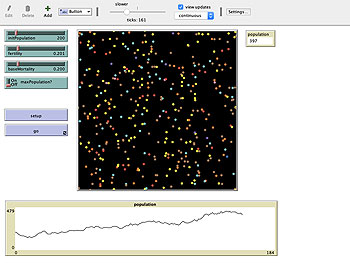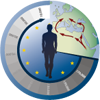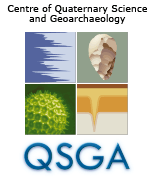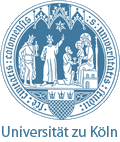Human mobility and demography are intrinsically related. Most prominently is the idea that human migration is driven by population growth. But there is more to it.
Already in the demographic balancing equation migration is factored in:
end population = starting population + births - deaths + immigrants – emigrants. And while demographic pressure can operate on the population as a whole, it can also just affect parts of the population - like young men out-migrating in a growing population to find work elsewhere.
Another important aspect of both demography and mobility is marriage: marriage rules and culturally informed marriage preferences influence population growth and also entice individuals or couples to move - i.e. by looking for spouses outside the own group (exogamy) or by post-marital residence rules. After marriage, the resultant kinship ties motivate and enable mobility.
Sufficiently large populations are needed for innovation and maintenance of knowledge (cumulative cultural evolution), enabling humans to adapt and to disperse. Mobility, on the other hand, facilitates the spread of this knowledge, but also of infectious diseases which affect the fertility or mortality of a population. And last but not least, colonization needs viable populations: populations that are large enough to endure stochastic demographic fluctuation.
During the workshop "Modelling human dispersal using agent-based modelling" (https://archaeologie.uni-koeln.de/abmworkshop2019.html) I gave a presentation that explores these relations a bit further and shows how different models of demographically viable populations have been applied to archaeological questions.
The slides and a simple model written in NetLogo can be found in the CRC 806 database (https://crc806db.uni-koeln.de/dataset/show/simulating-demographically-viable-populations1570432986/).
Text: Stephan Henn
Stephan Henn is a PhD-candidate in the E3-project. He is interested in the evolution of cooperation, decision-making, agent-based modeling, complex systems theory, network analysis and cognitive anthropology.
 Simple demographic simulation in NetLogo. Figure: Stephan Henn |















